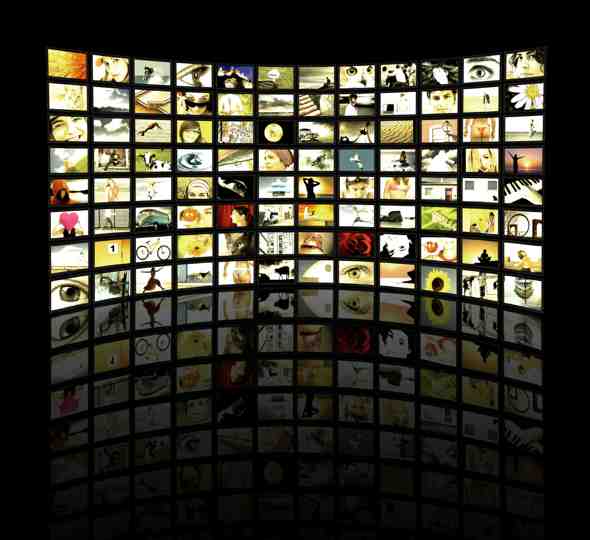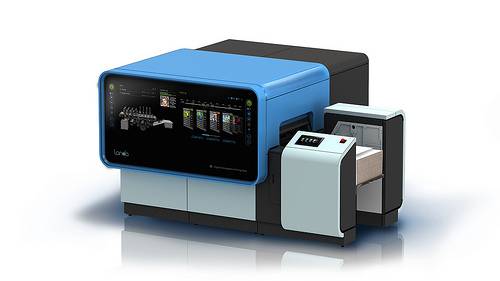One of the major breakthroughs in terms of information dissemination or text and design publishing is the employ of digital content. Nowadays, more and more publishing entities prefer this mode of message and manuscript proliferation for obvious reasons. First and foremost is the system’s sheer reliability in terms of reaching a large number of audience or readership. Secondly, it is evidently the more cost-efficient approach compared to traditional printing.

(Image: drenalinproductions.biz)
Traditional printing is quite close to being declared a lost cause. Then comes nanography—a custom printing process that is believed, at least by a considerable number of enthusiasts, to soon rekindle the wavering command of traditional printing in this competitive industry.
How can nanography compete with digital content?

(Image: helenesmith.com)
Cost- Fusing quality and efficiency without amplifying cost, nanography is indeed a good bargain. Although ultimately it still can’t go neck-and-neck against digital content in terms of the “cheapness” factor, it is a welcome option for believers of traditional printing.
Here are two means in which this process allows cost reduction
1. It reduces ink requirement without compromising output quality, with 500 nanometers of ink surface.
2. Does not require common traditional printing sub-processes such as substrate pretreatment and drying of print output.
- Speed– One of the usual concerns raised by those who subscribe to traditional printing is the amount of time needed for the accomplishment of orders, especially those by the bulk. Nanography can eliminate this dilemma through its promise of speed and reliability.
- Flexibility– With its inkjet mechanism, nanography allows the creation of a wide array of print requirements, in terms of pages, material, and customization. This process can be employed for printing orders that need to cater to press sheets (coated and uncoated), newsprint, packaging film, plastic, and reused carton, among others.
- Convenience– The process does not require substrate pretreatment or drying of ink surface.
- Durability– The nanography printing process boasts of tough ink or print surface that is free from scuff and other common print-out imperfections.
- Eco-friendly– In terms of size, nanography printing systems are smaller compared to older devices hence it requires less energy consumption. Also, its water-based and speed-equipped printing mechanisms contribute to energy efficiency. The reduced ink requirement also facilitates less mechanical offshoots that are hazardous to the environment.
The Basics
Now that we have already discussed the general concepts behind the nanography printing process, it is about time to delve into the nitty-gritty.

(Image: gaonline.gr)
Nanography employs the trademark brand The Landa NanoInk. This device is equipped with printing pigments that are a hundred times smaller than the width of a human’s hair strand. This mechanism allows NanoInk with an augmented light absorption capability which then translates into vivid or crisp images which had evaded printing technologies introduced in the past.
Here are the specific wonders made possible by nanography.

(Image: blog.leaderform.com)
- Consistent halftone dots
- Amplified CMYK chrome range
- Unmatched luster
Nanography presses are also offered in several practical configurations and allow the simultaneous usage of up to eight ink colors, in 600 to 1200 dpi image output. With that said, this technology can serve various sub-areas in the printing industry such as custom printing, books printing, carton printing, magazine printing, packaging and labels, and commercial printing.















